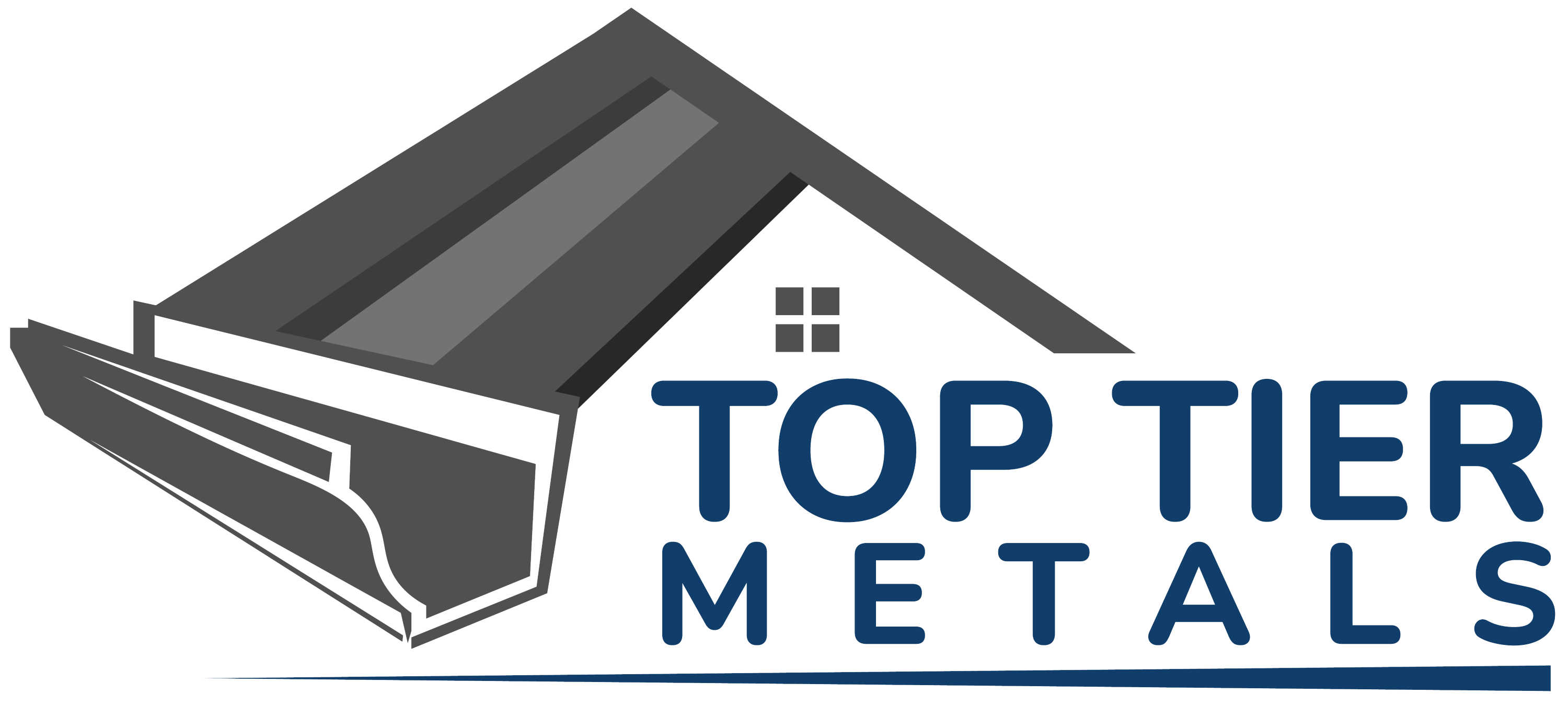Installing and maintaining a metal roof requires careful attention to safety. While metal roofs offer durability, energy efficiency, and aesthetic versatility, they also present unique challenges during installation and maintenance. This comprehensive guide will provide detailed safety tips to ensure that DIY enthusiasts and professionals alike can work safely while dealing with metal roofing.
Preparation: Key to Safety
1. Understanding the Material Before starting, familiarize yourself with the specific type of metal roofing material you will be using. Each type (aluminum, steel, copper) has different characteristics and handling requirements. Understanding these can help prevent accidents caused by unexpected material behavior.
2. Appropriate Tools and Equipment Ensure you have the right tools for the job. This includes gloves to protect against sharp edges, safety glasses for eye protection, and suitable footwear that provides traction on metal surfaces.
Installation Safety Tips
1. Weather Considerations Always check the weather forecast before beginning installation. Avoid working on metal roofs during wet or windy conditions, as metal surfaces become slippery and difficult to navigate.
2. Ladder and Scaffold Safety Use ladders and scaffolds that are stable and secured. Always ensure that ladders are on solid, level ground and securely attached to the roof edge to prevent slipping or tipping.
3. Fall Protection When working at heights, use a fall arrest system including a full-body harness, shock-absorbing lanyard, and a secure anchor point. This equipment can save lives by preventing falls from the roof.
4. Handling Panels Metal panels can be cumbersome and sharp. Wear gloves and use at least two people to carry large panels. Be mindful of wind, which can catch large panels and create dangerous situations.
Maintenance Safety Tips
1. Regular Inspections Inspect your metal roof regularly to identify any potential issues like loose panels or structural damages. Addressing these issues promptly can prevent accidents during maintenance.
2. Cleaning Your Roof When cleaning your roof, use a non-slip footwear and consider a safety harness. Start cleaning from the top down to avoid walking on wet, slippery surfaces.
3. Removing Debris Use a soft brush or low-pressure water spray to remove debris from your metal roof. Avoid using abrasive tools which can damage the roof’s surface and increase the risk of slipping.
Working Safely with Tools and Chemicals
1. Power Tools When using power tools, make sure you are trained in their use. Keep power cords and tools away from the edges of the roof to avoid tripping hazards.
2. Chemical Safety If using chemicals for cleaning or maintenance, read and follow all manufacturer's instructions and safety data sheets. Wear appropriate personal protective equipment such as gloves and goggles.
Emergency Preparedness
1. First Aid Always have a first aid kit accessible when working on roofing projects. Know basic first aid procedures in case of cuts, falls, or other injuries.
2. Fire Safety Keep fire extinguishers nearby when performing tasks that could generate sparks or involve flammable materials.
Training and Awareness
1. Professional Training If you are new to roofing or if the project is complex, consider professional training or hiring a professional. This can be particularly important for installations involving unusual designs or materials.
2. Safety Briefings Before beginning any work, conduct safety briefings for all involved. Discuss the day’s tasks, potential hazards, and safety measures to ensure everyone is informed.
Conclusion
Safety should always be the priority when installing or maintaining a metal roof. By following these detailed safety tips, you can protect yourself and others from potential hazards associated with metal roofing projects. Remember, taking the time to prepare and approach each task with caution can make the difference between a successful project and a dangerous situation. This guide aims to provide you with the necessary information to work safely and efficiently, whether you're a DIY enthusiast or a professional roofer.






